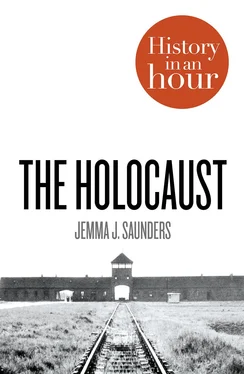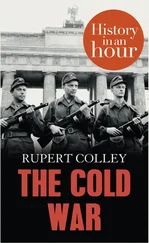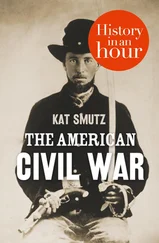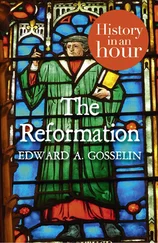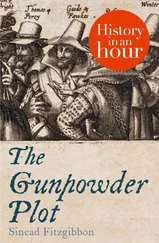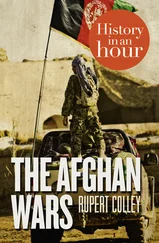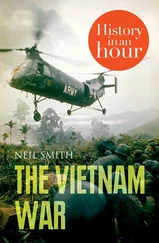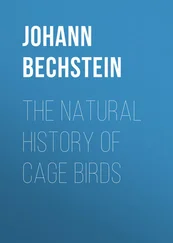Germany became a unified nation in 1871 and less than 1 per cent of the newly united population was Jewish. Anti-Semitism was still a tangible force, though since Luther’s era its focus had shifted steadily from religion to race. The views of prevalent European philosophers, who wrote about racial inequality in the nineteenth century, were adopted by many Germans, who defined their own race in linguistic and cultural terms. Jews allegedly did not share these traits and were thus deemed alien and subordinate. It was this concentration on the supposed racial inferiority of the Jews that would develop further and culminate in the atrocities of the 1940s.
Assimilated Germans Contents Title Page THE HOLOCAUSTHistory in an Hour JEMMA J. SAUNDERS Introduction The Jews of Europe Assimilated Germans Early Warnings Hitler in Power: The Tide Turns The Nuremberg Laws Racial Propaganda Kristallnacht The Approach of War Forced Resettlement Ghettoization West of Germany: Yellow Stars and Registration Pit Killings The Euthanasia Programme Wannsee and the ‘Final Solution’ Deportation Selection The Will to Live Arbeit Macht Frei Killing Factories Medical Experiments Collaboration and Resistance Death Marches Liberation Remembrance and Retribution The Holocaust: Key Players The Holocaust: Timeline Got Another Hour? Copyright Конец ознакомительного фрагмента. Текст предоставлен ООО «ЛитРес». Прочитайте эту книгу целиком, купив полную легальную версию на ЛитРес. Безопасно оплатить книгу можно банковской картой Visa, MasterCard, Maestro, со счета мобильного телефона, с платежного терминала, в салоне МТС или Связной, через PayPal, WebMoney, Яндекс.Деньги, QIWI Кошелек, бонусными картами или другим удобным Вам способом. About the Publisher
Although anti-Semitism was, to an extent, ingrained in the consciousness of many gentile Germans, by the turn of the twentieth century a large proportion of the Jews living in Germany were nevertheless fully assimilated into society. Across the nation, Jewish philosophers, composers and artists had long been at the forefront of a flourishing cultural scene.
For many Jewish families, Germany had been their homeland for generations, and regular attendance at synagogue and maintaining religious traditions did not compromise their sense of German identity. Indeed, the majority of German Jews were not strictly Orthodox, instead practising a more liberal Judaism that did not necessitate keeping a strictly kosher household or having a fluent command of Hebrew.
However, nationalism was a thriving sentiment in the newly formed Germany and by 1908, Jews were banned from the Pan-German League. As a nationalist organization that supported the idea of a German empire, this exclusion demonstrated that neither Orthodox nor liberal Jews were considered racially equal to ethnic Germans. As in Russia, explicit expressions against the Jewish population were rising in Germany.
That many Jews still considered themselves German and integrated in spite of such prejudices is demonstrated by the fact that 100,000 Jews served the Fatherland between 1914 and 1918, with 12,000 dying for their country during the conflict. In the years following the First World War, these statistics were often conveniently forgotten by right-wing nationalists.
Early Warnings Contents Title Page THE HOLOCAUSTHistory in an Hour JEMMA J. SAUNDERS Introduction The Jews of Europe Assimilated Germans Early Warnings Hitler in Power: The Tide Turns The Nuremberg Laws Racial Propaganda Kristallnacht The Approach of War Forced Resettlement Ghettoization West of Germany: Yellow Stars and Registration Pit Killings The Euthanasia Programme Wannsee and the ‘Final Solution’ Deportation Selection The Will to Live Arbeit Macht Frei Killing Factories Medical Experiments Collaboration and Resistance Death Marches Liberation Remembrance and Retribution The Holocaust: Key Players The Holocaust: Timeline Got Another Hour? Copyright Конец ознакомительного фрагмента. Текст предоставлен ООО «ЛитРес». Прочитайте эту книгу целиком, купив полную легальную версию на ЛитРес. Безопасно оплатить книгу можно банковской картой Visa, MasterCard, Maestro, со счета мобильного телефона, с платежного терминала, в салоне МТС или Связной, через PayPal, WebMoney, Яндекс.Деньги, QIWI Кошелек, бонусными картами или другим удобным Вам способом. About the Publisher
On 11 November 1918, an armistice brought the First World War to a close. In the aftermath of the conflict Germany plunged into an economic depression, partly due to the unfavourable terms of the Versailles peace treaty. Among many politically right-wing Germans, a rumour was propagated that Jews and Bolsheviks were to blame for the loss of the war. In February 1920, the German Workers’ Party ( Deutsche Arbeiterpartei , or DAP), which would later become the Nazi Party ( Nationalsozialistische Deutsche Arbeiterpartei , or NSDAP), drew up a programme that included a declaration that Jews should not be citizens of Germany. Among the men who drafted this manifesto was Adolf Hitler.
Hitler, an Austrian by birth, had fought for Germany in the First World War and was bitterly disappointed when his beloved nation did not emerge victorious. His political views verged on the radical and he was a firm believer in the Dolchstosslegende ; the ‘stab-in-the-back legend’ that the Jewish population had somehow betrayed the Fatherland in the closing days of the war. He became leader of the NSDAP in 1921.
While in prison in 1924, following a failed attempt to overthrow the government, Hitler began writing Mein Kampf . This autobiographical work, first published in 1925, showcased his obsession with racial purity and outlined his virulent anti-Semitism, with Jews referred to throughout the text in derogatory terms such as vermin and parasites. Whether this was a blueprint for the mass exterminations that took place in the 1940s is debatable, but Hitler’s stance on the Jews was clear: he believed their presence posed a threat to Germany and was a problem to be solved by radical means.
Hitler in Power: The Tide Turns Contents Title Page THE HOLOCAUSTHistory in an Hour JEMMA J. SAUNDERS Introduction The Jews of Europe Assimilated Germans Early Warnings Hitler in Power: The Tide Turns The Nuremberg Laws Racial Propaganda Kristallnacht The Approach of War Forced Resettlement Ghettoization West of Germany: Yellow Stars and Registration Pit Killings The Euthanasia Programme Wannsee and the ‘Final Solution’ Deportation Selection The Will to Live Arbeit Macht Frei Killing Factories Medical Experiments Collaboration and Resistance Death Marches Liberation Remembrance and Retribution The Holocaust: Key Players The Holocaust: Timeline Got Another Hour? Copyright Конец ознакомительного фрагмента. Текст предоставлен ООО «ЛитРес». Прочитайте эту книгу целиком, купив полную легальную версию на ЛитРес. Безопасно оплатить книгу можно банковской картой Visa, MasterCard, Maestro, со счета мобильного телефона, с платежного терминала, в салоне МТС или Связной, через PayPal, WebMoney, Яндекс.Деньги, QIWI Кошелек, бонусными картами или другим удобным Вам способом. About the Publisher
Читать дальше
